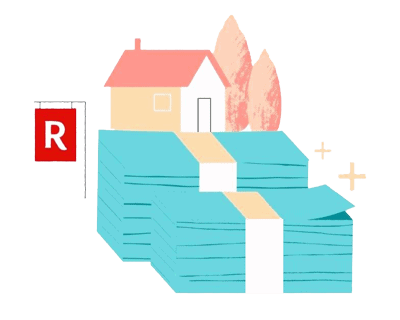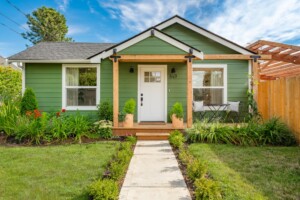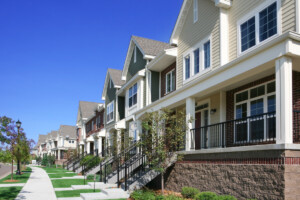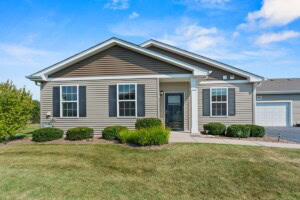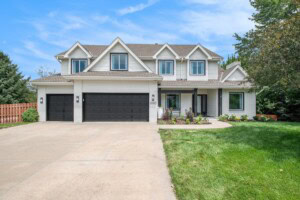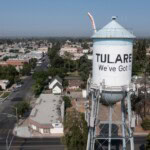If you’re looking to buy a home, then you know one of the major hurdles is saving up for a down payment. While it may seem intimidating to save up 20% of your home’s purchase price – that doesn’t have to be the case. There are thousands of down payment assistance programs available to qualifying homebuyers.
That means you might not need to save a hefty down payment to buy a home. In this Redfin article, we’ll explain what a down payment assistance program is, what programs are available, and how it can help you become a homeowner. So whether you’re searching for a home in Dallas, TX, or a house in Detroit, MI, there are options available to help you own your first home.
Key takeaways
- Down payment assistance (DPA) programs give homebuyers loans and grants to help lower their down payment or closing costs.
- DPA is often for first-time homebuyers or homebuyers with low-to-moderate incomes.
- Programs are available nationwide and at state, county, and city levels.
- You need to qualify in order to get down payment assistance.
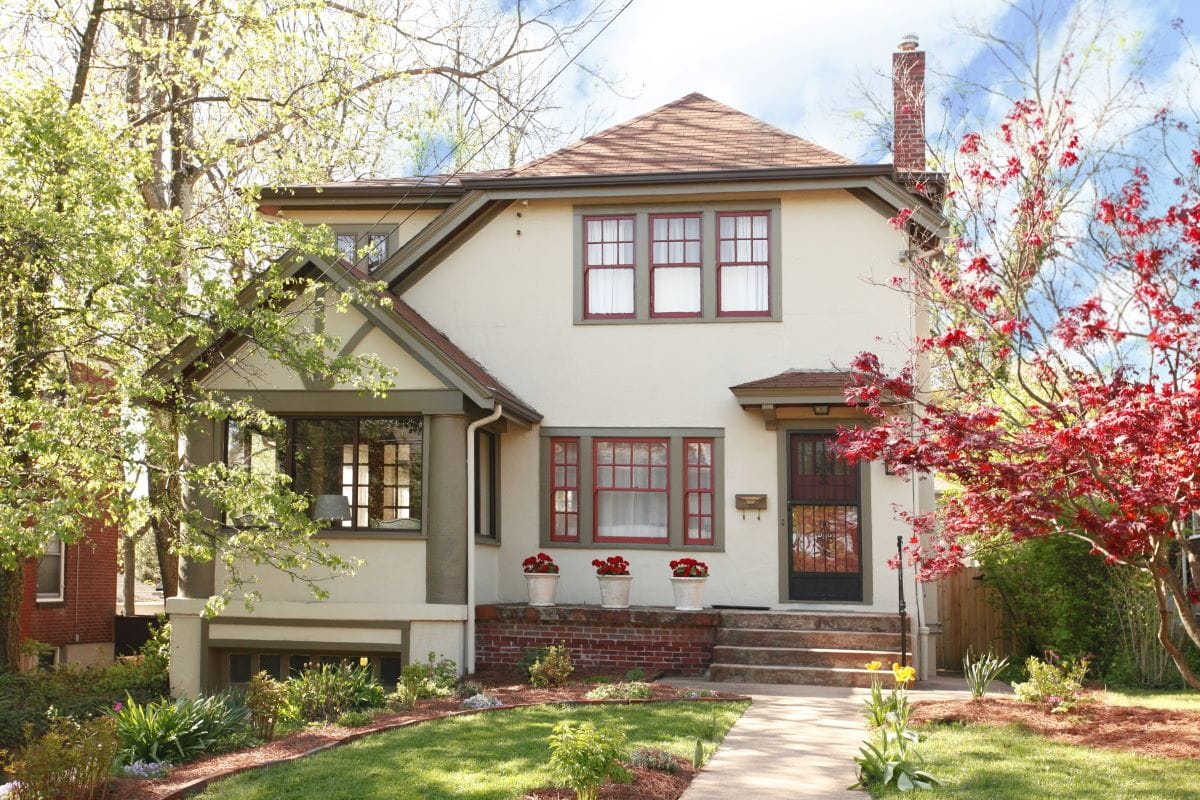
What is down payment assistance?
Down payment assistance (DPA) is any type of program that helps you cover your down payment. Some programs help lower your closing costs or taxes you pay. These programs are typically geared toward first-time home buyers, but there can also be assistance available for repeat home buyers.
There are thousands of down payment assistance programs across the country, including nationally. The majority of these programs are offered at state, county, and city levels. The funds often come from the U.S. Department of Housing and Urban Development, or HUD, as well as employers, community organizations, and state and local governments.
What types of down payment assistance programs are available?
There are three main types of assistance programs – loans, grants, and credits. We’ll go through each of them as well as some less common programs.
Forgivable loans
There are three types of loans available – forgivable, deferred payment, and low-interest loans. Forgivable loans are a second mortgage, but act as a grant since you don’t have to pay back the loan as long as you follow the requirements. These requirements often include paying your mortgage on time and living in the home for a set amount of time (ex. 10 years). If you sell the home before the loan is forgiven, you’ll need to pay it back.
Deferred payment loans
Deferred payment loans are a second mortgage that you don’t have to pay back immediately. The second mortgage typically covers the cost of the down payment. You’ll still need to pay back the loan, but this happens when you sell the home, refinance your mortgage, or pay off your first mortgage.
Unlike forgivable loans, you will have to pay back the loan at some point. If you sell the home, it’s common to use the proceeds to repay this loan. Most deferred payment loans don’t charge interest, so you’ll only owe the amount of the loan.
Low-interest loans
Low-interest loans are a second mortgage that has a lower interest rate than your first loan. It’s also used to cover your down payment. You’ll likely need to repay this loan in installments, like your regular mortgage. As a result, you’ll probably have two monthly mortgage payments. The interest rate will likely be lower, although some lenders may offer no interest on these loans.
Grants
Grants are the most popular type of down payment assistance as it’s in the form of a cash grant that you don’t have to pay back. Most grants have a stipulation that you need to live in the house for a certain number of years, like 5 years, so you don’t have to repay it. Grants are typically used to cover the down payment or closing costs. Sometimes these grants are considered a “second mortgage,” so make sure your lender is aware.
Tax credits
Tax credits most commonly take the form of mortgage credit certificates (MCC). MCCs reduce what you pay in federal taxes by lowering how much you pay in interest on your mortgage loan. There are other types of tax credits that cover property taxes, a temporary reduction in property taxes for a certain number of years.
Individual Development Accounts/Matched Savings Programs
Individual Development Accounts (IDA), also called Matched Savings Programs are a unique type of down payment program. It’s a savings account that homebuyers deposit money into which is matched by either a bank, community organization, or government agency.
For example, if you put $4,500 into the account, the agency you’re working with would match that amount. You’d then have $9,000 in the account. This money can be used to cover your down payment. Sometimes there are strict requirements to qualify like income restrictions or employment requirements, and you may need to take a class covering financial literacy.

Requirements for down payment assistance programs
You’ll likely have to meet certain qualifications for any type of down payment assistance program. The majority of programs are suited for first-time homebuyers, with low-to-moderate incomes. First-time homebuyers are typically classified as someone who has never bought a home or has not owned a home in the last three years.
Other typical requirements include credit score, median household income, and debt-to-income ratio (DTI). It’s common to need a minimum credit score of 620 and to not exceed certain income limits. In many cases, you may also need to qualify for a 30-year fixed-rate mortgage. However, these requirements vary from program to program.
Many down payment assistance programs also require the following:
- You must live in a certain city or county
- You must attend a first-time homebuyer class or financial classes
- You must live in the home for a set number of years (often 3 – 10 years)
- Profession – some areas may have programs specifically for teachers or doctors
How to find down payment assistance programs
Each city, county, and state has their own set of down payment assistance programs. You can check the HUD website for information at the state level. For county and city-level programs, local websites will likely have information about available grants and loans. There are also other first-time homebuyer resources that show programs you may be eligible for. You can also speak with your mortgage lender or real estate agent about programs that you may qualify for.
How long does it take to get down payment assistance?
Since down payment assistance varies from state to local levels, the timeline will be different. If you’re considering applying for a down payment assistance program, start looking before you begin your home search. It may take a while before you receive the funds, and if you’re required to take a first-time homebuyer course, it will give you time to complete the class.
Expect that the process will take longer than you think and give yourself plenty of time. It can affect how long it takes you to close on the home, as your lender and the assistance program need to work together.
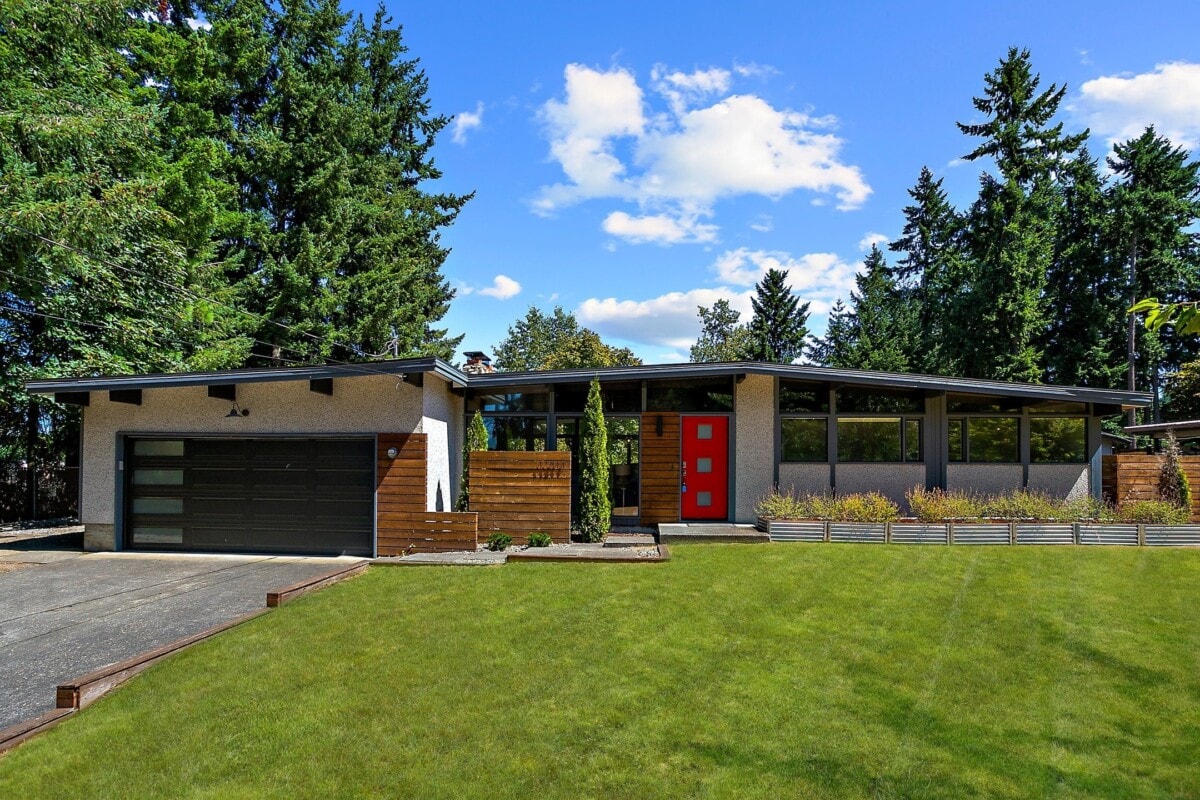
Are there other types of assistance programs available?
Depending on your qualifications and what you’re looking for, you can find programs to help – not just with down payment money, but with mortgage payments and other financial aspects of homeownership. Some of the most popular include:
Energy efficient mortgages
The Federal Housing Administration uses its Energy Efficient Mortgage program, or EEM, to let homeowners finance energy-efficient improvements like new insulation or a modern HVAC system with an FHA-insured mortgage. The VA also uses the EEM program for its loans. The cost of these improvements is added to your primary mortgage.
Purchase programs
Purchasing a home in a rural area or a revitalization area is the key to taking advantage of benefits from the Department of Housing and Urban Development (HUD). Some programs allow you to save money on a home’s purchase price, such as the Good Neighbor Next Door program, or to save money on interest through subsidies or low down payments with no private mortgage insurance requirements.
Home improvement loans
Many programs, like the Energy Efficient Mortgage program and Section 203(k) loans, allow you more flexibility in buying a fixer-upper. Section 203(k) loans require a 3 percent down payment and are available to people who want to live in a home while making improvements to it.
Some programs roll the costs of repairs into your monthly mortgage payment, while others consider the after-repaired value, or ARV, of the home when they’re determining how much you qualify to borrow.
Veterans programs
The Department of Veterans Affairs (VA) backs loans for qualifying veterans, service members, and some dependents and surviving spouses. If you qualify, you don’t need a down payment – your lender will finance the entire purchase price. You won’t have to pay for private mortgage insurance, either. The seller can also pay all of your closing costs so you can move into a home without having spent a dime.
Disabled homeowner programs
Several types of assistance are available to disabled homeowners, including HUD’s Homeownership Voucher Program, the Social Security Administration’s SSI, and Fannie Mae’s Community HomeChoice program. Check with state housing agencies, as well as federal and nonprofit programs for disabled veterans and Habitat for Humanity.
Job-specific programs
Your employer may offer a down payment assistance program, or you may be eligible for a VA loan, the Good Neighbor Next Door program (which helps law enforcement, teachers, firefighters, and emergency medical technicians buy homes in revitalization areas), or the Teacher Next Door program.
So, is down payment assistance right for me?
Down payment assistance programs can be a great way to become a homeowner by helping cover some of your down payment. Before applying for down payment assistance, make sure to understand how much house you can afford, how much money you may have for a down payment, and your future homebuying goals. If you’re a first-time homebuyer, or qualify for one of the other programs, one of these assistance programs may be right for you.

